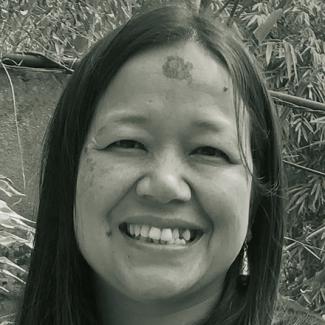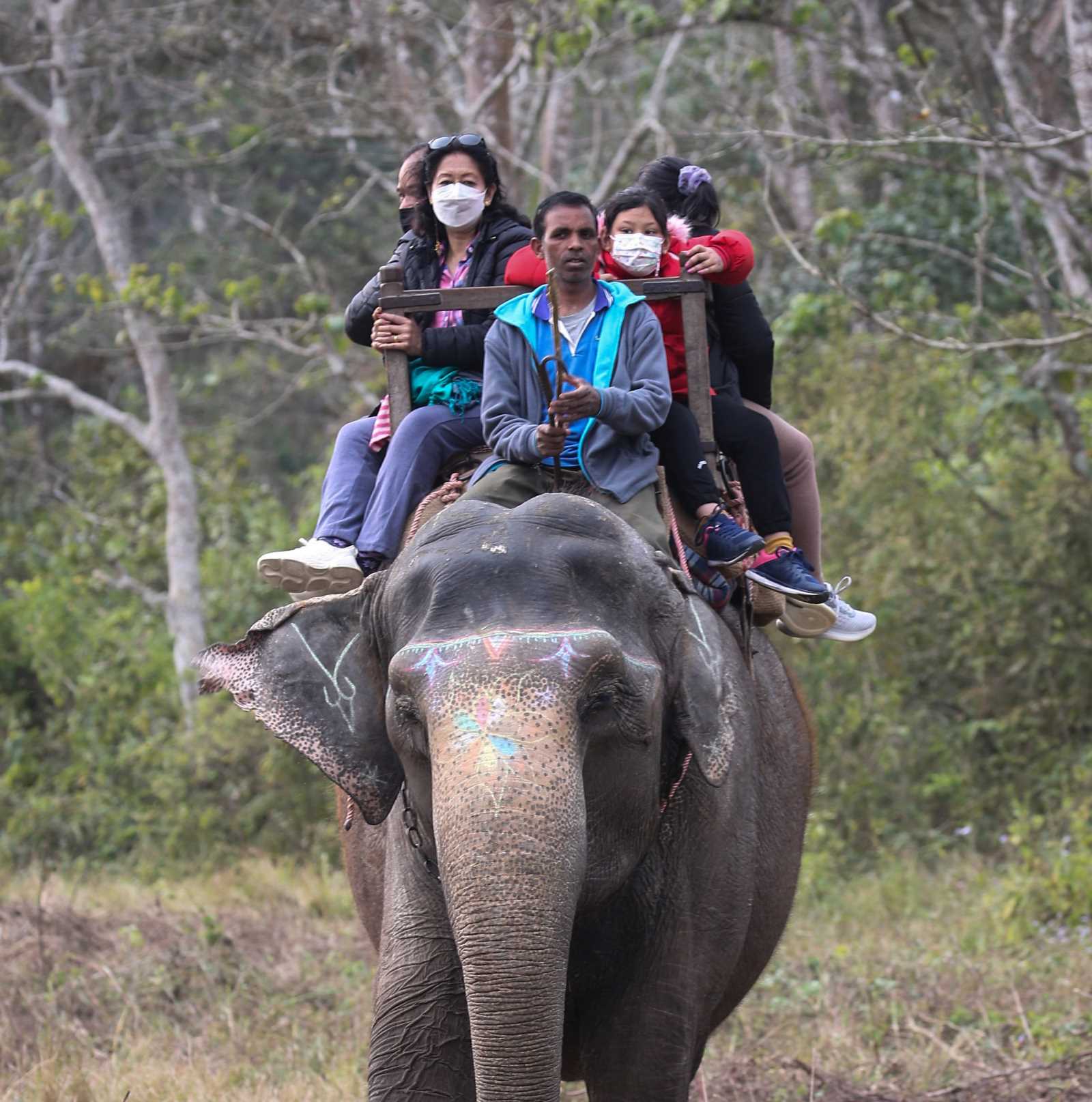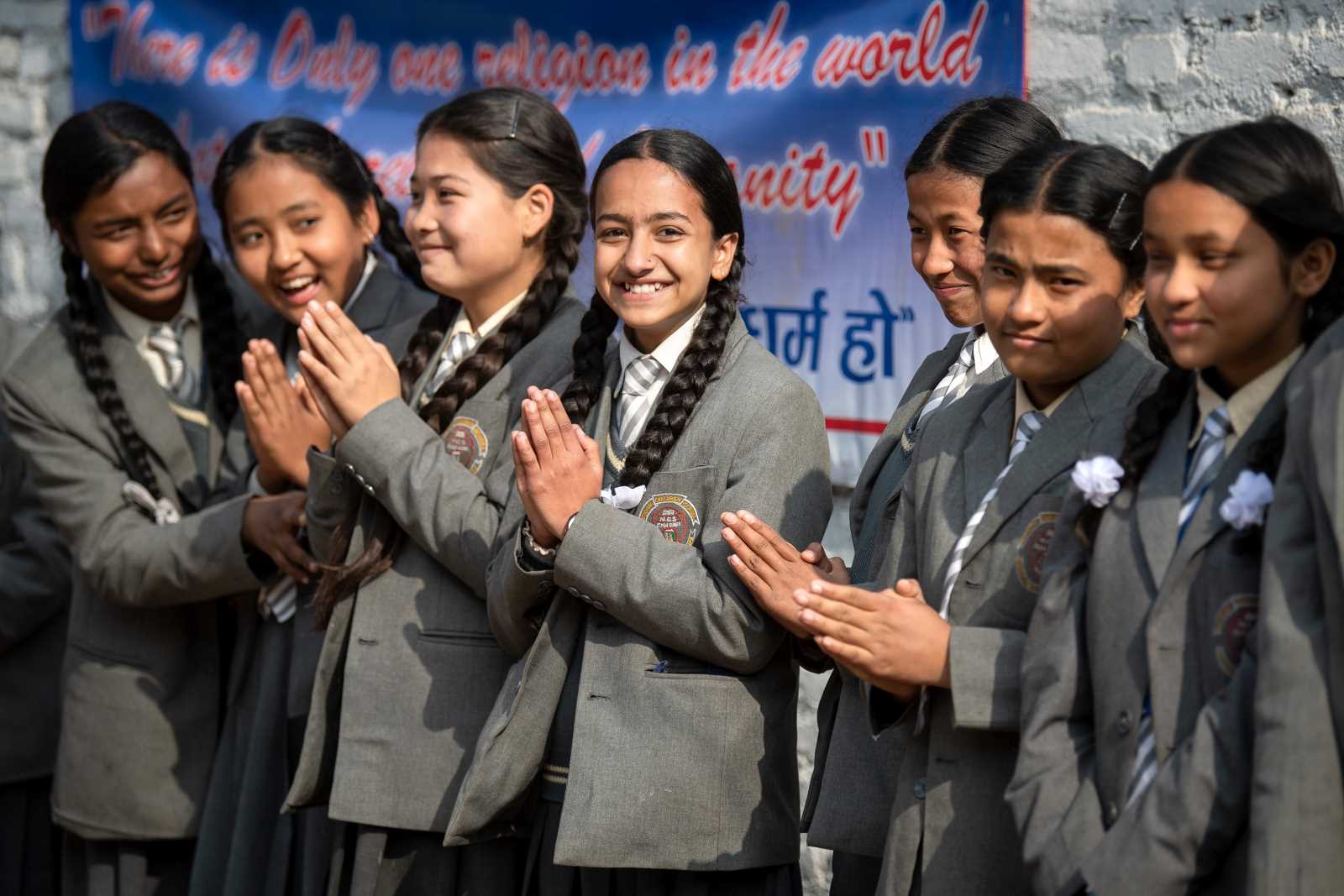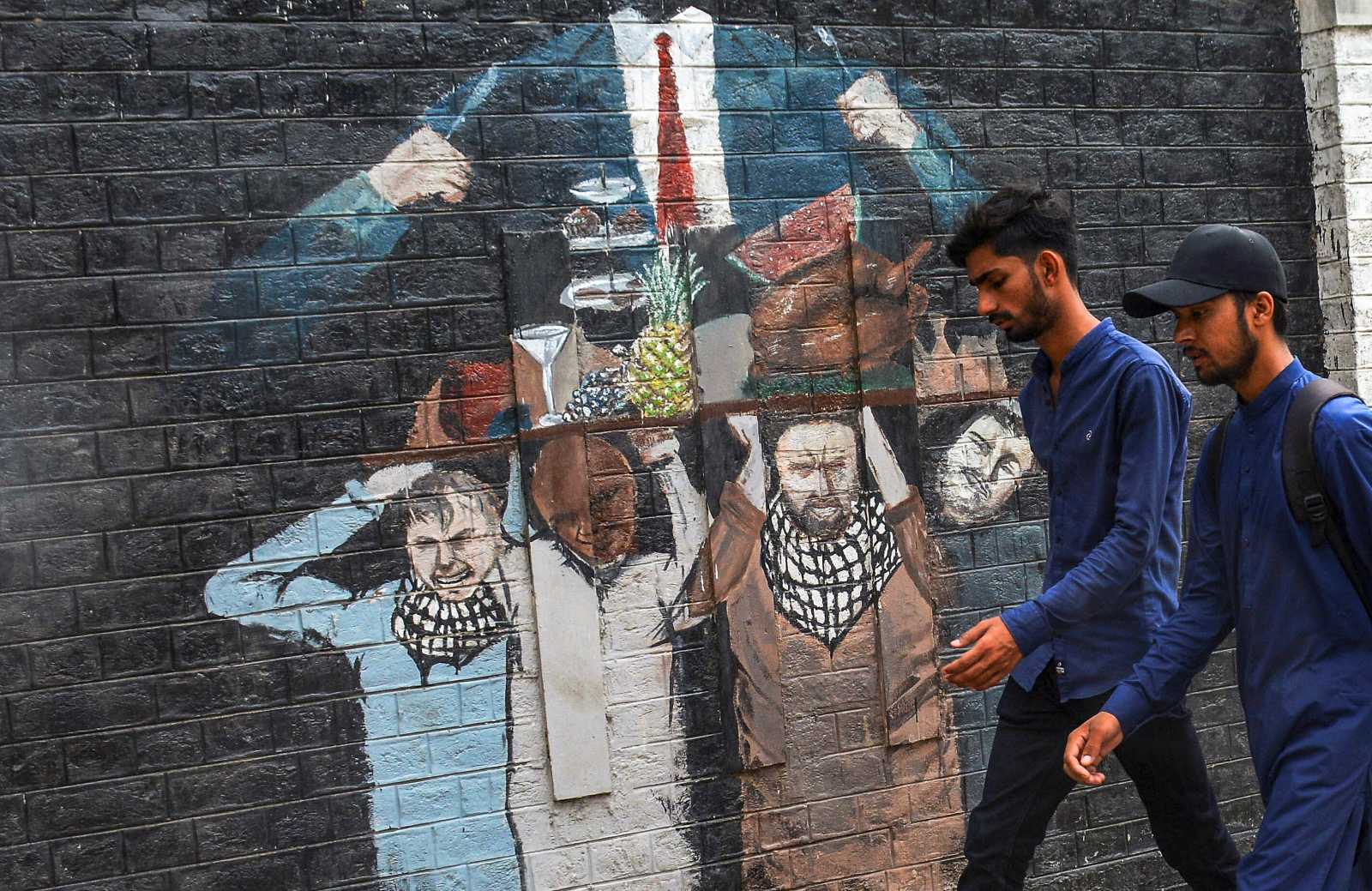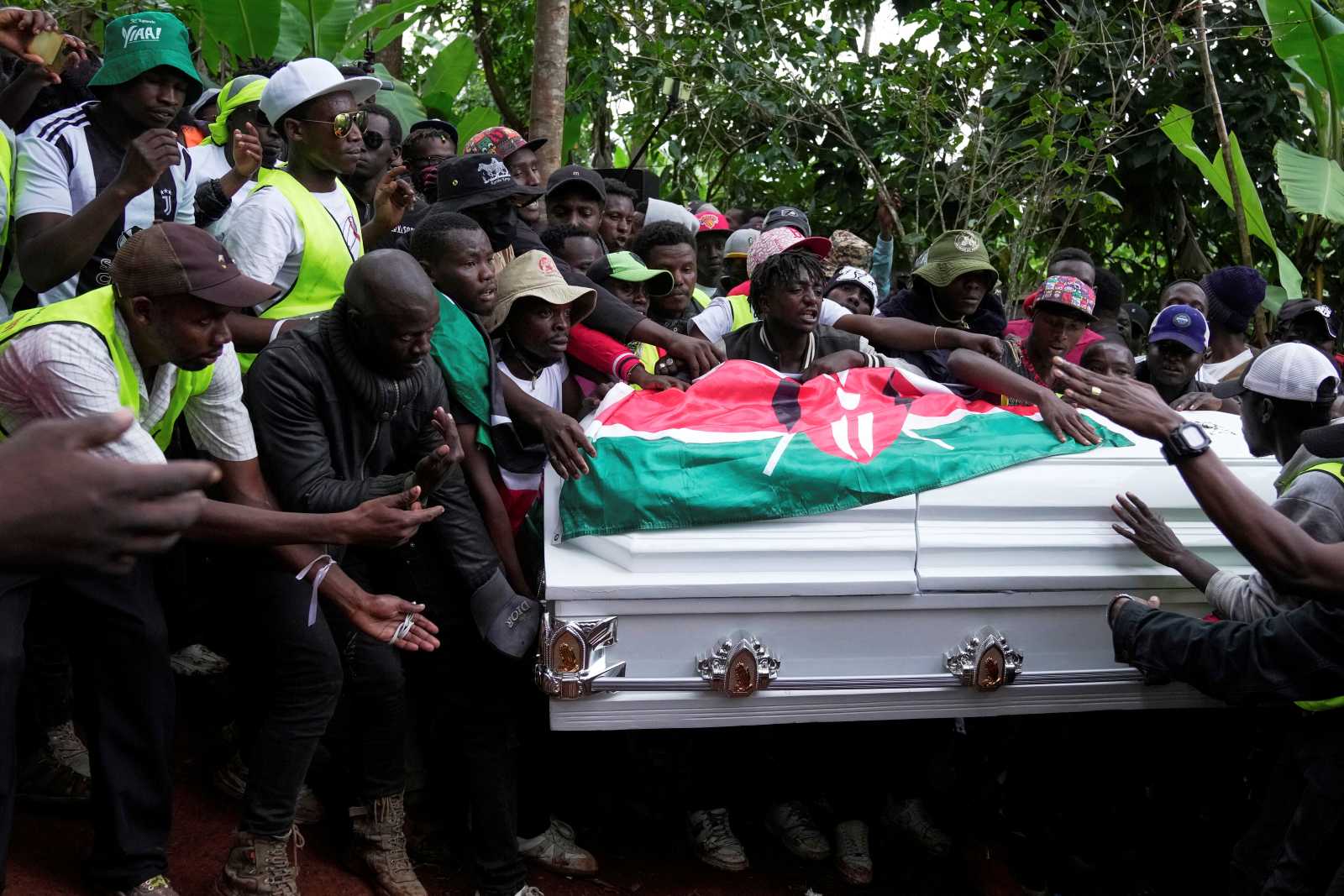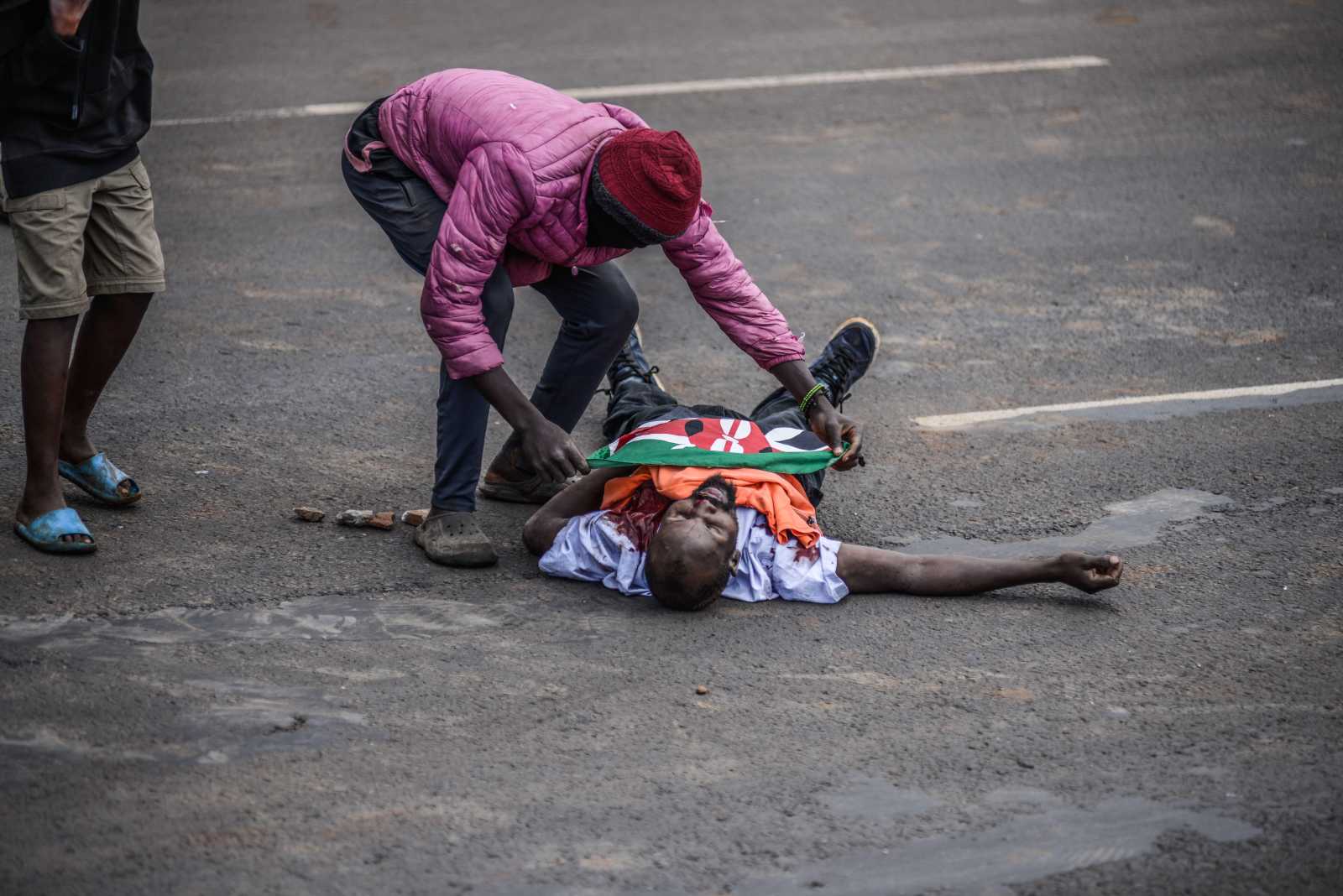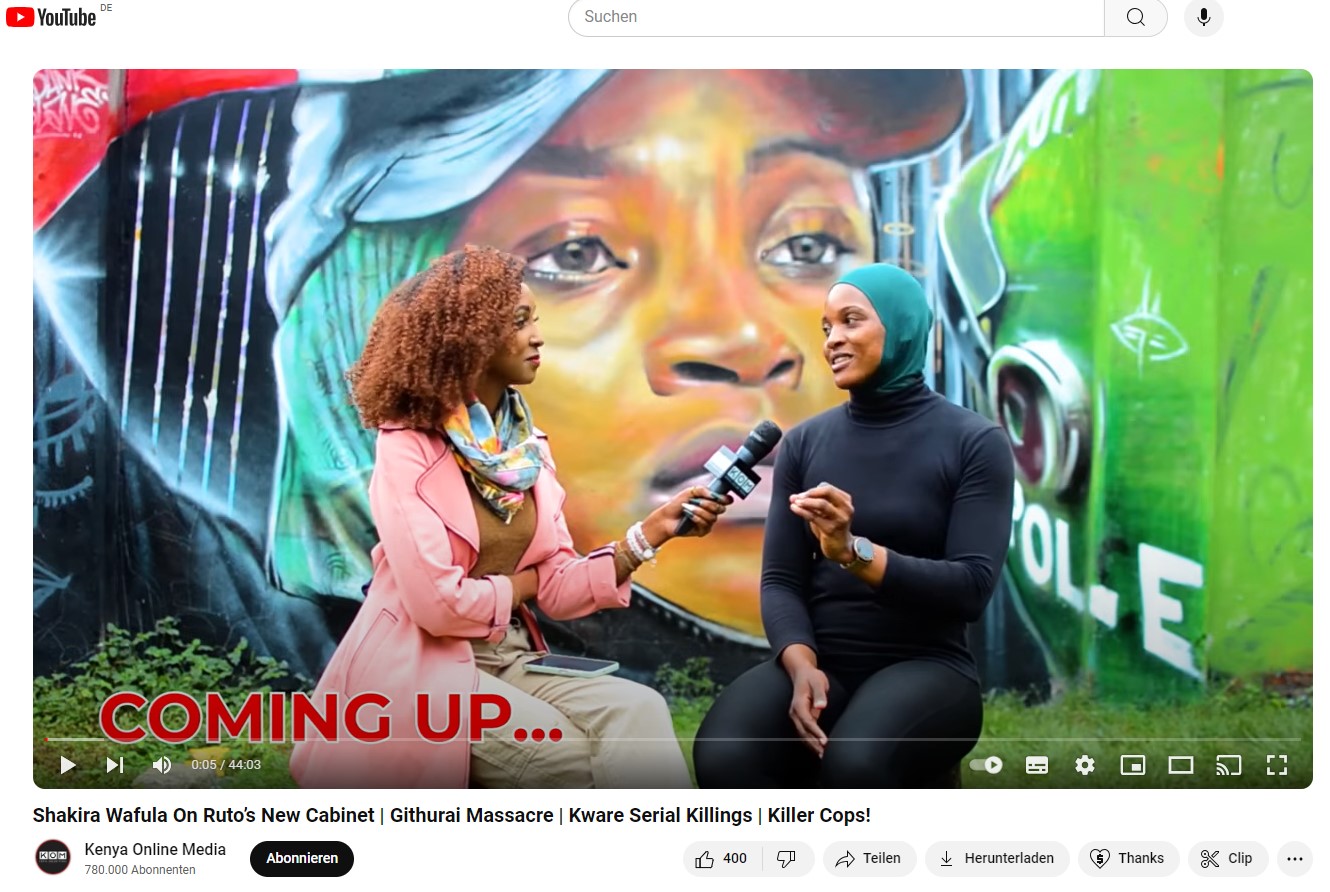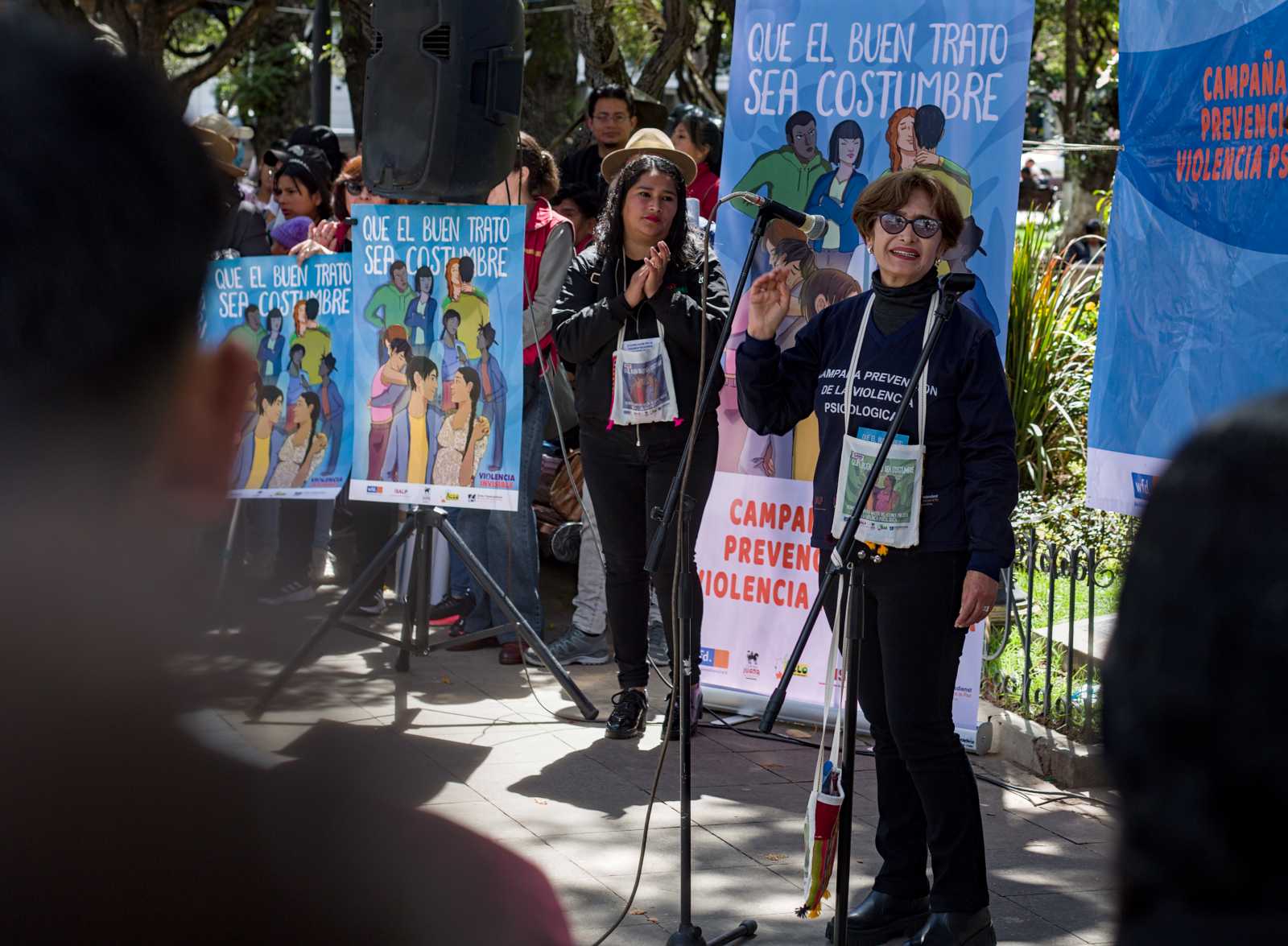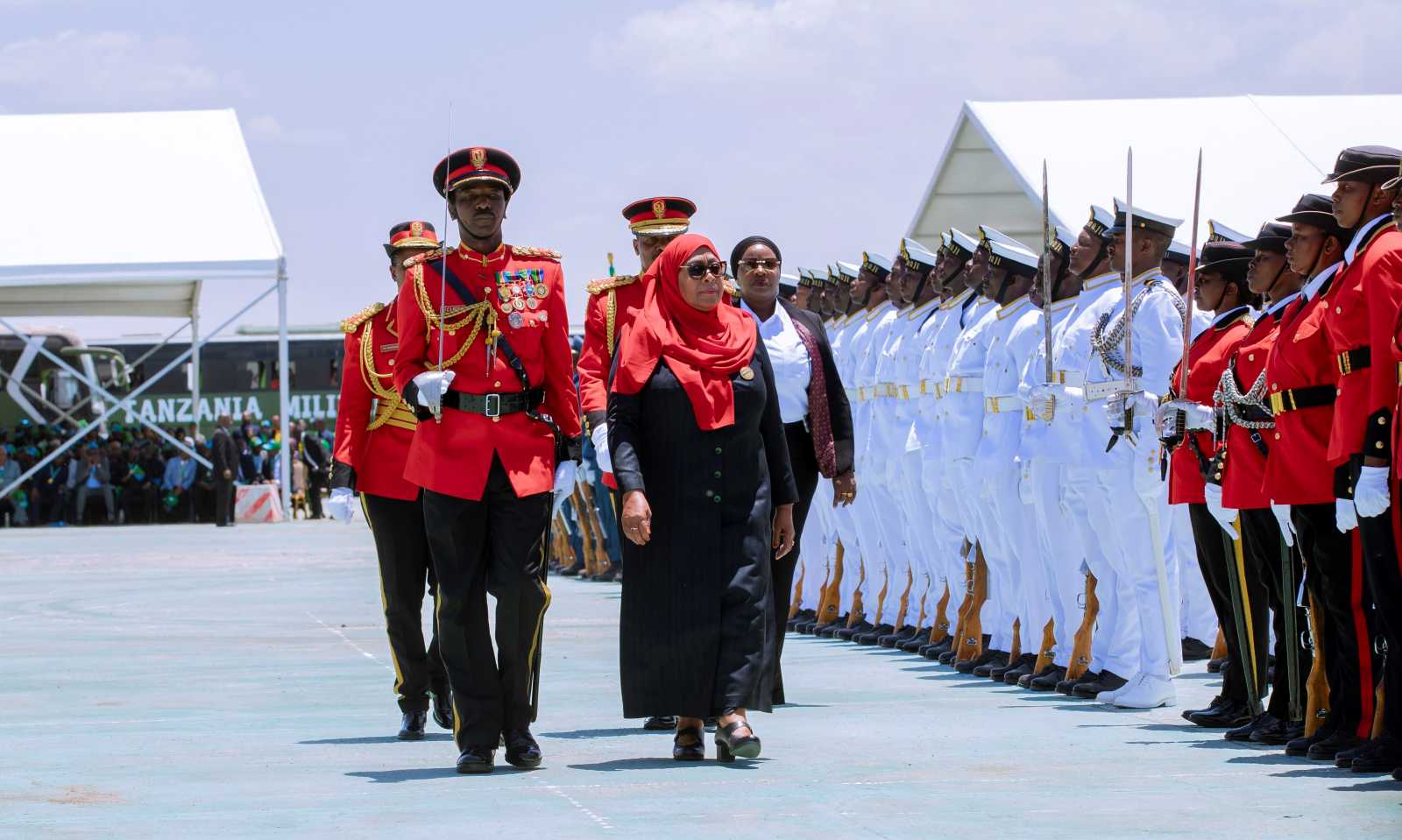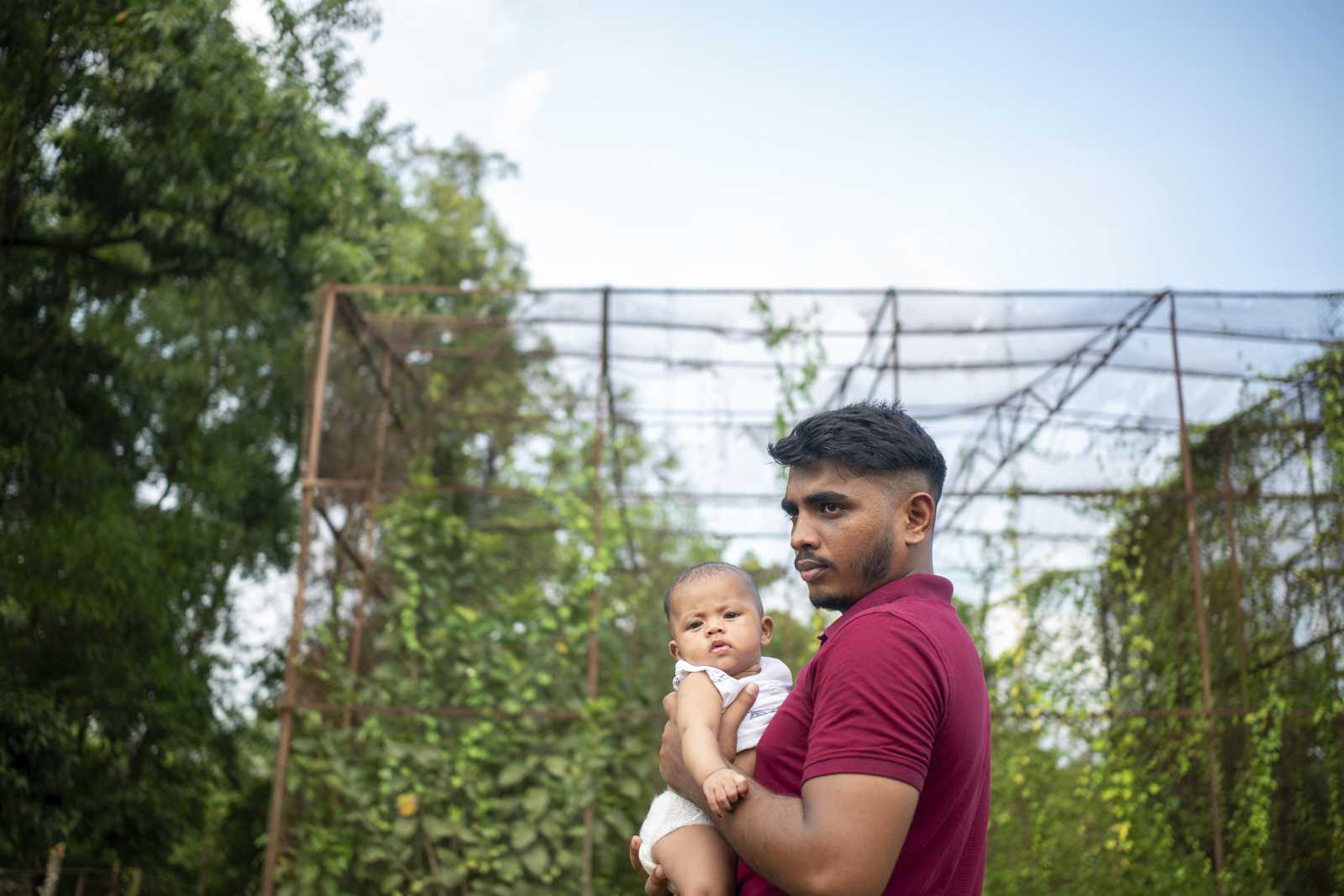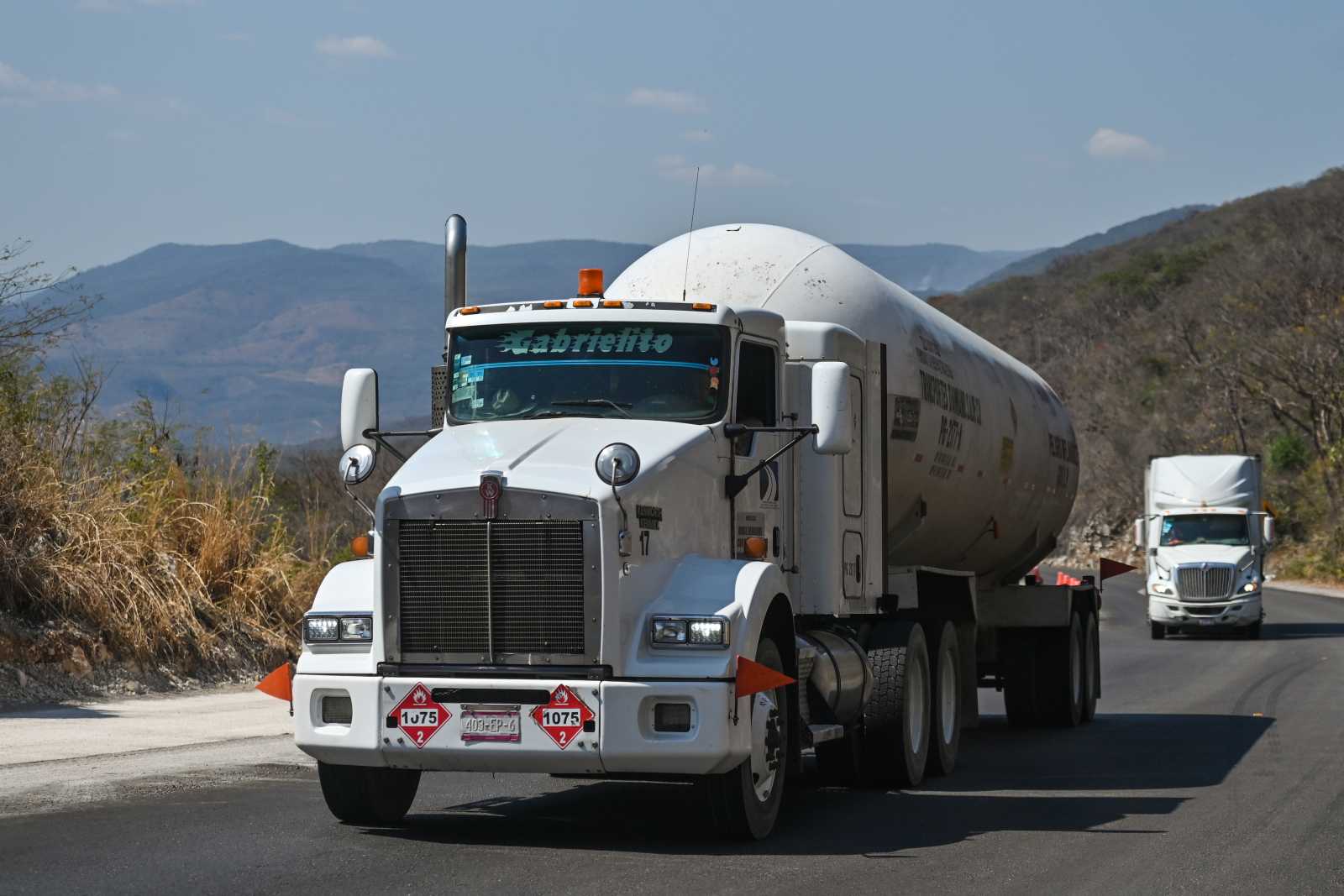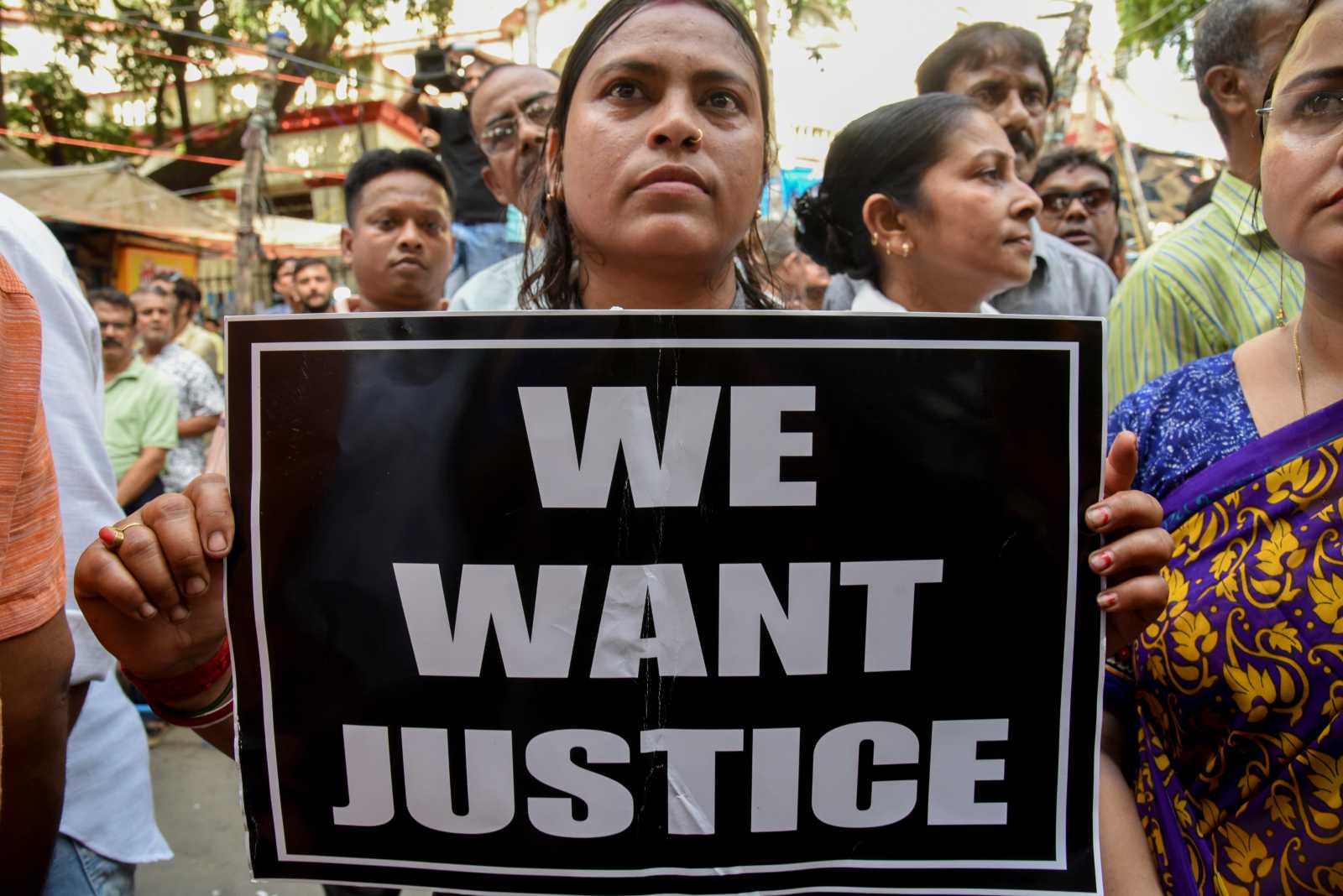Opinion
Nepal can change for the better
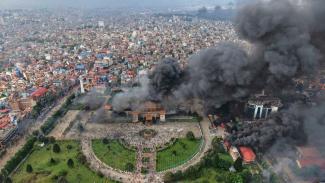
In September, Nepal witnessed unprecedented protests and demonstrations by members of the Gen Z movement that claimed at least 76 lives and caused many more casualties as per the internal record of the Ministry of Home Affairs (October). Members of the Generation Z (Gen Z) were born between about 1997 and 2012 and are generally digitally savvy. The damage has been estimated at a staggering 3 trillion Nepali Rupees ($ 21 billion), about half of the country’s GDP. Public infrastructure has been severely damaged, as have privately owned buildings. The tourism industry has been particularly affected, and the negative effects on the labour market are noticeable.
The protests have also reshaped Nepal’s political landscape. The Federal Parliament has been dissolved, and an interim government led by Sushila Karki, former chief justice of the Supreme Court, has taken office. Elections for a new parliament are scheduled for 5 March 2026.
Many hope that the Gen Z movement will end the cycle of political instability that has persisted since 2015. Since then, power has repeatedly alternated among three leaders: Khadga Prasad Sharma Oli (Communist Party of Nepal – Unified Marxist-Leninist), Pushpa Kamal Dahal (Communist Party of Nepal – Maoist Centre) and Sher Bahadur Deuba (Nepali Congress). The expectation is that the events could bring about a democracy that serves the people better and a generational shift in political leadership.
While the protests seem to have put an end to the corrupt political culture, there are lingering concerns that change has come about too suddenly. Nepal had been scheduled to graduate from the UN’s Least Developed Country (LDC) category in November 2026. Given the current upheaval, this now seems unlikely. It is too early to assess the effects on labour migration and foreign employment, which are vital to Nepal’s economy.
Meanwhile, some Gen Z groups are demanding a new interim constitution and a directly elected executive ahead of the upcoming elections in March 2026. This move would require a fundamental change in the system of governance – something the current interim government is not mandated to pursue. Further protests and further uncertainty are therefore likely.
Destruction and opportunities
For now, Nepal’s Gen Z movement is definitely a double-edged sword: it has brought both destruction and opportunities for development. Driven by digital activism and a desire for social change, it was triggered in early September by a government decision to ban social media platforms. This coincided with widespread online outrage over the extravagant lifestyles of politically connected elites and their children. Hashtags like #nepokids and #nepobaby (derived from the word nepotism) were trending on online platforms such as TikTok and Reddit, sparking frustration over corruption, inequality and poor governance.
On 8 September 2025, young people – mostly students – organised anti-corruption protests in Nepal’s capital, Kathmandu, and in other major cities via platforms like Reddit and Discord. The protests were decentralised and did not have clear leadership.
The demonstrations started peacefully but escalated quickly. The riot police used tear gas, water cannons and rubber bullets to disperse protesters but could not control the protests. In Kathmandu, protesters attempted to enter the Federal Parliament building, which led to the violent and disproportionate use of live ammunition against protesters by the Special Task Force assigned to provide security for the building. Within a few hours, 17 young people died and more than 300 people were injured. Many watched the tragedy unfolding live on TikTok and other social media platforms. Across the country, at least 19 protesters were killed that day according to hospital records.
The next day, thousands of people took to the streets despite a government-imposed curfew. They condemned police brutality and government indifference. The situation escalated dramatically. Throughout the country, the protesters vandalised and set fire to government and public buildings such as the Federal Parliament building and the Supreme Court. Private residences of top politicians and shopping malls were also targeted. The Prime Minister resigned, and the army was deployed to restore order. While many feared a military coup, the army refrained from seizing power – a reassuring signal.
Collapse of trust
As the country slowly returns to normal, many people are struggling to comprehend what happened during those intense 48 hours in early September. It was more than political unrest, vandalism and violence, and more than a collapse of government: it was also the collapse of collective history and a shared sense of identity as Nepalese citizens.
Rebuilding the country will thus take more than repairing infrastructure and buildings. It requires restoring collective trust, memory and a shared sense of identity of being a proud and peaceful Nepali. The situation on the ground is very fragile, but for now, there is hope that positive change is possible for Nepal. To achieve this, however, the government and the Nepali people must ensure that the social divide does not widen any further.
Rukamanee Maharjan is an Assistant Professor of Law at Tribhuvan University, Kathmandu.
rukamanee.maharjan@nlc.tu.edu.np
